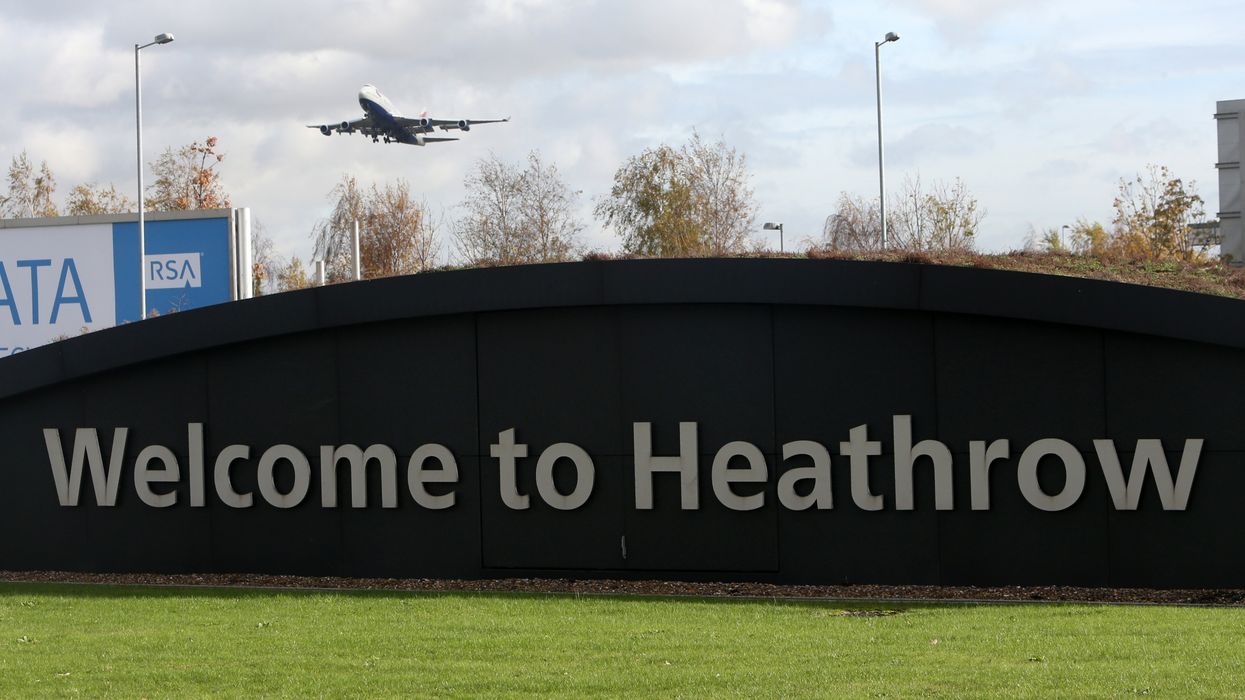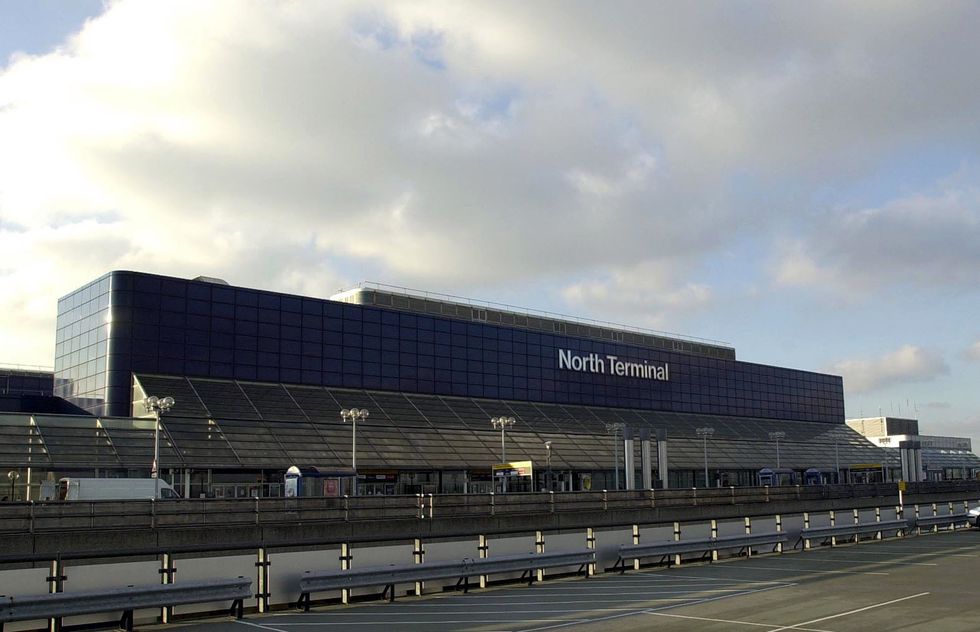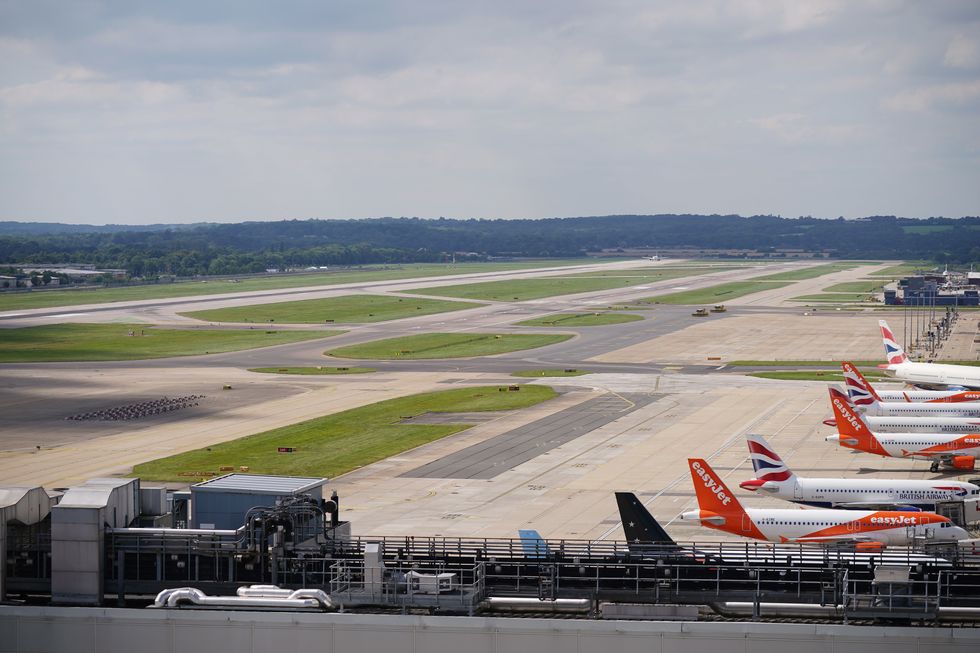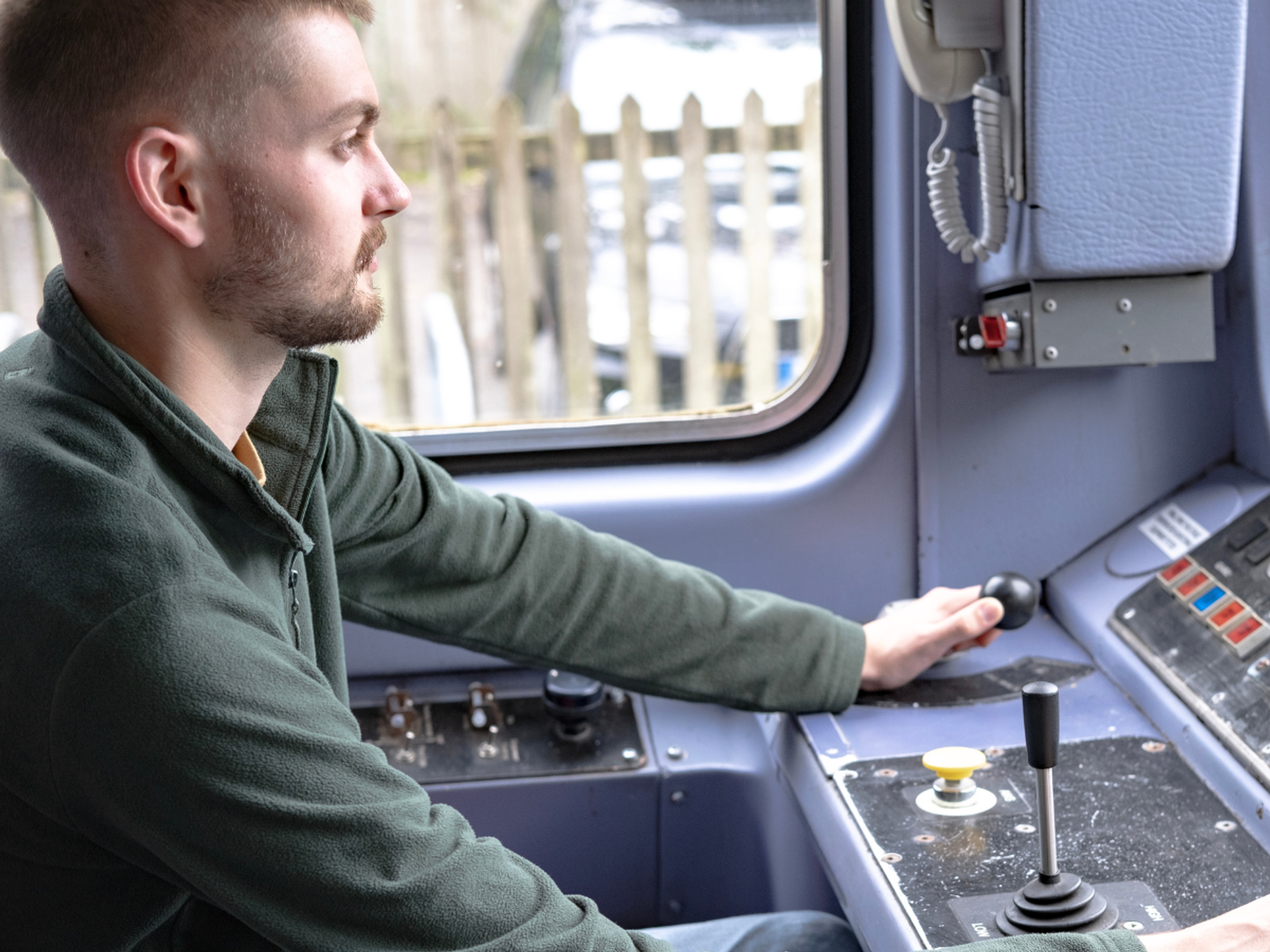Heathrow and Gatwick airports confirmed to both have RAAC crumbling concrete

Heathrow and Gatwick airports confirmed to both have RAAC crumbling concrete
| PA
A spokesperson for Heathrow said passenger safety was their top priority
Don't Miss
Most Read
Two major airports in the UK have confirmed that reinforced autoclaved aerated concrete (RAAC) concrete has been used in a number of constructions on their sites.
The lightweight material, which was mainly used in roofs and floors between the 1950s to mid 90s, has a “bubbly” texture and is far weaker than normal concrete.
Heathrow confirmed they had discovered the material in Terminal 3.
Both Heathrow and Gatwick said they are already putting mitigation plans in place and are working to find permanent solutions.

RAAC was confirmed to be at Gatwick Airport
| PA“We have a register of locations containing RAAC on the airport campus, which are closely monitored through a regular comprehensive structural inspection regime,” a London Gatwick spokesperson told the Mirror.
“Our most recent inspection in June 2023 did not present any concerns, and we will continue to monitor on a regular basis.”
A Heathrow spokesperson added: “Industry has been aware and acting on the remedial steps that should be taken in buildings that contain this material.
“We, like many others, have been assessing our estate and will continue to mitigate the risk where this material is found.
LATEST DEVELOPMENTS:

Gatwick Airport runway
| PA“Passenger and colleague safety will always be our first priority, and we will continue to update stakeholders across the sector as our plans for permanent solutions progress.”
The dangers of RAAC concrete have been known for a number of years but was favoured in construction projects due to its thermal and lightweight properties.
A full list of schools which were constructed using the potentially dangerous material has been published by the Department for Education this week.
As many as 150 schools were found to have been built with RAAC in England but more inspections being carried out in the coming weeks are expected to reveal more cases.
Students have been told that in the most extreme cases, they would need to take fully remote lessons.
Education Secretary Gillian Keegan admitted earlier this week that huge uncertainty remains over the safety of schools.
“What happened over the summer is we had three cases - not in schools, some in schools, some not in schools - and I sent structural engineers out to see them, somewhere in commercial settings, and some in different jurisdictions,” Keegan told Sky News after the crisis emerged.
“And when they went out to see them, they thought there'd been a failure, but it was in a non-critical setting. So that was new evidence and new information.
“So I decided to take a very cautious approach. And I knew it was going to be difficult because, you know, obviously, for parents, for teachers, this coming so late in August, but that's when we got the evidence that a panel had failed in a roof that had previously been classified as non-critical.”
She added: “I wasn't willing to take the risk. It was just one panel, but it was in a roof that had been assessed as non-critical.”










